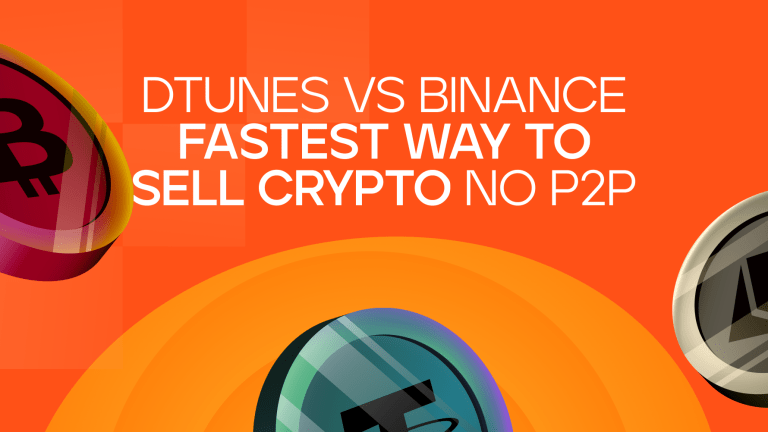
Blockchain Security: History of Cryptography| Source of Blockchain Security
Have you ever wondered how the blockchain came to be so secure? Like what is the source of blockchain security? Because I think at one point or another, one must have thought to themselves, “Everyone says the blockchain is secure and cannot be tampered with, but what is it about the blockchain that makes it so secure.”
If you have, you’re not alone. Understanding the source of blockchain security might enhance your journey in understanding the blockchain and how it works entirely, especially for the crypto newbies.
This is why in this article; we will talk in depth about the history of cryptography as a source blockchain security.
What is Blockchain?

A blockchain is simply a chain of blocks that contain data that you cannot duplicate without compromising other blocks. This data is managed by a group of users belonging to a particular network. In simpler terms, it is data stored in blocks. These blocks are linked by chain-like structures and managed by a group of users. The data in these blocks remain unchanged, and the network is decentralized. Decentralization means that no central body governs it fully, but it still needs to be managed by these users in the network to ensure that transactions are valid and the blockchain is functioning as it should.
In summary, a blockchain is a peer-to-peer network. This public database or lists are linked using cryptography. This is the most important and fundamental thing needed to create a blockchain.
Types of the Blockchain

Well, majorly there are 2 types of blockchains: Public and Private blockchains, and then the other two variations: Consortium and Hybrid blockchains.
We’ll consider just the Public blockchains as this is our major focus, and then talk briefly about the others.
Public Blockchains
As the name suggests, it is a public ledger system. It has no restrictions and it is literally accessible to anyone. If you have access to the internet, you can sign in on this blockchain platform, become a user and be a part of the blockchain network. A user on a public blockchain has access to recent and current records or data and can also verify transactions. Completely decentralized, it is trustable, secure, and transparent.
Public blockchains are majorly used for mining and exchanging cryptocurrencies. A good example that comes to mind is Bitcoin. Ethereum is also a public blockchain
Private Blockchains
These are the opposite of public blockchains. It is restrictive and requires permission to be accessed. It can be used within an organization where few or selected members are granted access as users of a network. It is quite fast, compared to public blockchains, and also very secure.
Consortium blockchains are semi-decentralized blockchains, usually used by organizations as well while Hybrid blockchain is a combination of the two i.e both private and public blockchains. Again, we are not going to dwell much on here.
What is Cryptography?

Cryptography is a method of developing techniques and protocols to prevent a third-party from accessing and gaining knowledge of the data from the private messages during a communication process.
Cryptography is derived from two words: “Kryptos” and “Graphein”. Kryptos meaning “hidden”, and Graphein meaning “to write”.
It uses encryption which is a process of converting plain text to a cipher text or a random sequence, and decryption which is an inverse process of encryption i.e. a process of converting cipher text to plain text.
Types of Cryptography
- Symmetric-Key Cryptography: In this encryption method, we take a single key into application, and this single key is used for both the encryption and decryption process.
However, using a single key for both encryption and decryption ultimately creates the problem of securely transferring data between sender and receiver
- Asymmetric-Key Cryptography: Rather than use the same key for both encryption and decryption, this method used a pair of keys i.e. an encryption key and a decryption key which are also called public keys and private keys respectively.
- Hash Functions: This one does not make use of keys. Instead, it uses a cipher to generate a hash value of fixed length from the plain text.
Conclusion
Bitcoin was the first-ever cryptocurrency and so blockchain technology was first associated with it. Bitcoin uses blockchain technology to record and also secure every transaction.
The Ethereum blockchain allows developers to create programs that can communicate with one another on the blockchain. These programmers can create tokens to represent any kind of digital asset, track its ownership, and securely execute its functionality according to a set of underlying programming instructions aka the smart contract. Tokens could be anything.
Keep Reading: Bitcoin White paper Publish Date | How to Access it
Tobi brings stories to life as the Content Writer and Creator at Dtunes, blending creativity with strategy to connect with audiences. When she’s not crafting content, you’ll find her traveling, meeting new people, or trying out exciting things.





